Presidential Measurements Timeline
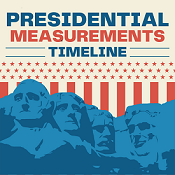
Throughout United States history, Presidential and Congressional decisions have influenced all aspects of American life, including how measurements are used. Enjoy the Presidential Measurement Timeline chronology beginning with the leadership of the our first president, George Washington.
- Discover historically significant events.
- Make interdisciplinary connections between history, social studies, and measurement science.
- Explore these resources for an interdisciplinary Presidents' Day discussion. Presidents' Day is a national holiday celebrated on the third Monday in February and is as a day where all U.S. presidents are remembered and honored.
- Discuss how the historical development of the U.S. measurement system impacts the current use of measurements in daily life.
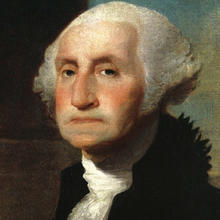
1790 - President George Washington called for a uniform system of currency and weights and measures - an "object of great importance."
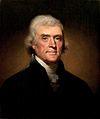
1790 - Thomas Jefferson, then Secretary of State, in response to a request by the House of Representatives proposed a decimal-based measurement system for the United States in his report Plan for Establishing Uniformity in the Coinage, Weights, and Measures of the United States.

1816 - President James Madison urged Congress to act on the problem of achieving uniformity of weights and measures and recommended "the great utility of a standard fixed in its nature, and founded on the easy rule of decimal proportions."
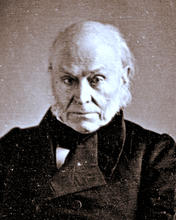
1821 - While serving as Secretary of State, John Quincy Adams acknowledged that "weights and measures may be ranked among the necessities of life to every individual of human society." Adam’s Report upon Weights and Measures was prepared in response to a 1817 Senate resolution.

1866 - The metric system of measurement was legally recognized in the United States when President Andrew Johnson signed in the Metric Act of 1866.
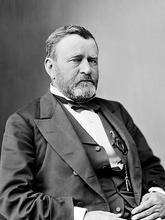
1875 - Under the Presidency of Ulysses S. Grant, the United States and 16 other nations signed the Treaty of the Meter on May 20, 1875, establishing the International Bureau of Weights and Measures (BIPM).
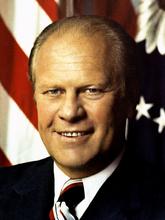
1975 - President Gerald R. Ford signed the Metric Conversion Act defining federal metric policy. Learn more in the Statement on Signing the Metric Conversion Act of 1975.
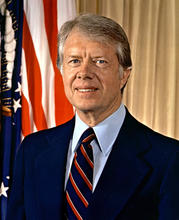
1980 - President Jimmy Carter - Metric System Use PDF
"Because I believe metric conversion holds important long-term benefits for our country, I am taking steps to encourage the use of this system in the private sector as well as in government."
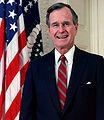
1991 - President George H. W. Bush signed Executive Order 12770, Metric Usage in Federal Government Programs, directing executive departments and federal agencies implement the use of the metric system to "implement the congressional designation of the metric system of measurement as the preferred system of weights and measures for United States trade and commerce."
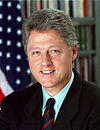
1993 - President Bill Clinton - National Metric Conference PDF
"...It is clear that our country will benefit by encouraging voluntary metric use by industry. These efforts can enhance America's competitive edge and help create new jobs and opportunities for our people."
EXPLORE THE METRIC PROGRAM
Becoming Familiar with SI | Everyday Estimation | Metrication FAQs | Prefixes | Metric Kitchen | SI Education and Training | SI Publications | Understanding Metric | Writing with Metric Units | National Metric Week | NEST-R (STEM Registry) | NIST Education Resources
Contacts
-
Metric Program

